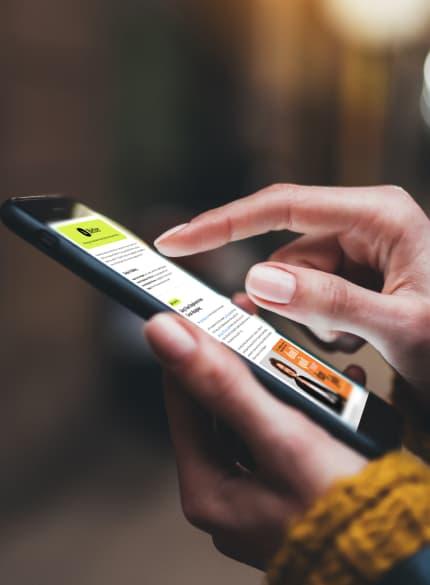Many features that come standard with accounting software are especially beneficial for restaurants. You should look out for these, listed below, as you consider which platform would best serve your restaurant.
Bank Feeds and Reconciliation
When you’re assessing your financial picture, it’s important to see all your incoming and outgoing cash. It’s also important to make sure your bank records and internal financial records are aligned. The best accounting software for restaurants offers bank feeds for the former and reconciliation tools for the latter. Make sure the platforms you’re considering offer both — they’re fundamental to accounting software success.
Bill Pay
You should be able to pay your vendors easily and on time from within your accounting software platform. One-click payments and due-date alerts are especially helpful. These tools make it easy to pay your vendors and ensure timely payments that eliminate the potential for late fees.
Dashboard
When you log into your restaurant accounting software, you should see a clear, well-organized dashboard with data visualizations and easily accessible accounting tools. Only consider platforms you can navigate intuitively, whether you’re seeking basic data or executing more complex tasks.
Expense Tracking
The best accounting software for restaurants includes tools for snapping photos of bills, receipts and other payments to upload them as expenses. These tools should automatically capture the key data from these documents and enter it into your accounting software. This way, you get a full picture of your business costs right after you incur them.
Financial Reporting
Reports are the simplest way to determine your best-performing menu items and assess how your operational changes affect your profits. Just set a few parameters, then let your software do all the data analysis, organization and presentation. Review the well-organized information in front of you to identify key changes you can make to improve your bottom line.
Integrations
Accounting software works best when it’s connected to your other financial tools such as your POS system, credit card processor and payroll service. You can also connect accounting services to nonfinancial tools such as CRM software. This can be a great way to connect your customer loyalty program with records of your guests’ purchases. With this more accurate spend tracking, you’ll reward customers at exactly the right time.
Inventory and Stock Management
Top-notch restaurant accounting software includes tools for tracking your ingredients’ quantity and assessing when it’s time to reorder. Look for platforms that alert you when you’re almost out of stock and identify your best-selling menu items. This way, you properly time your inventory purchases and buy the ingredients likeliest to lead to higher profits.
Mileage Tracking
When your employees pay for gas out of pocket as they drive on delivery or errand runs for your restaurant, they incur tax-deductible expenses. Restaurant accounting software mileage trackers automatically determine the distances your employees have driven and calculate your expenses accordingly. They then record these expenses in your accounting software to facilitate your tax reporting and filing.
Mobile Apps
Mileage tracking is among the many features that restaurant accounting software mobile apps facilitate. Look for the ability to use other key features within a mobile app, like financial reporting and bill pay. This way, you can cover your restaurant’s needs whether you’re in the kitchen or on the go.
Sales Tax
Your restaurants sell goods directly to customers, so in most states, you’ll collect and remit sales tax on your offerings. Accounting software for restaurants often expedites recording these taxes for you. In most cases, you’ll still need to remit these taxes to the appropriate authorities yourself. But recording them is a major burden, and great accounting software takes it off your plate.








